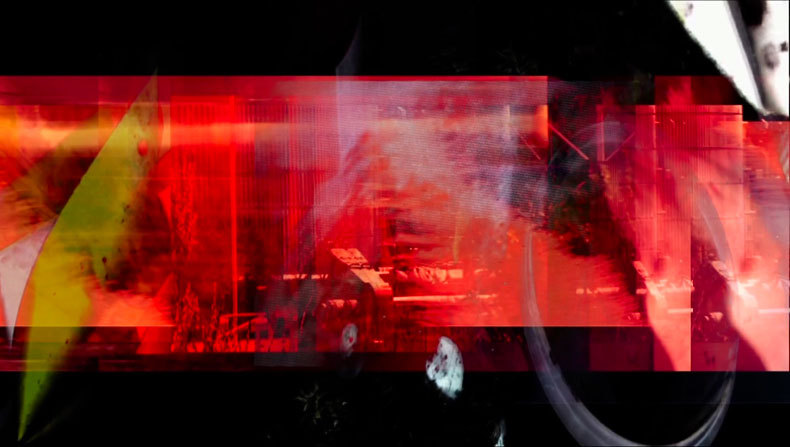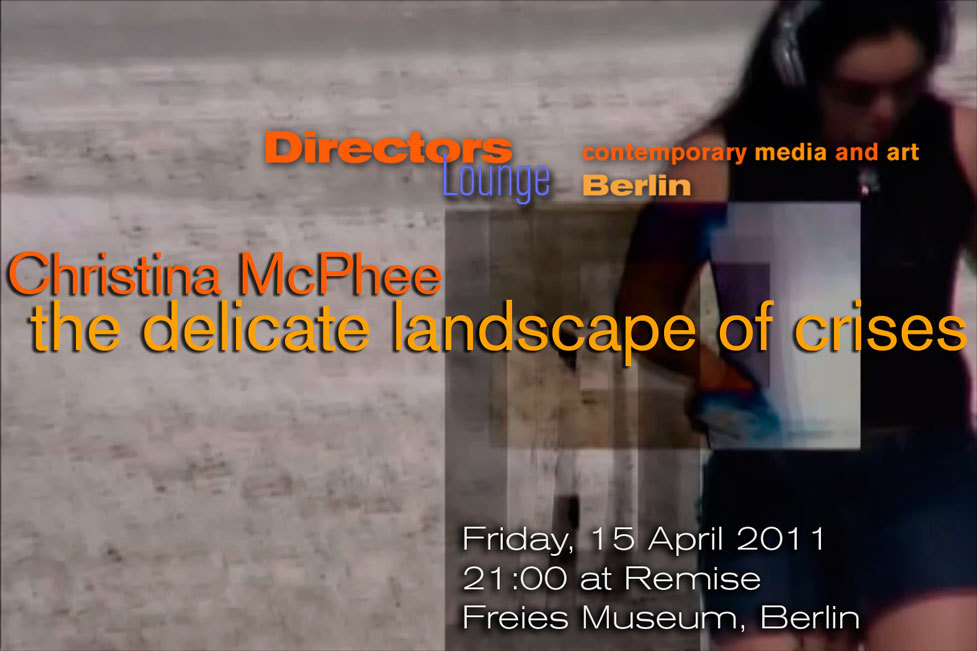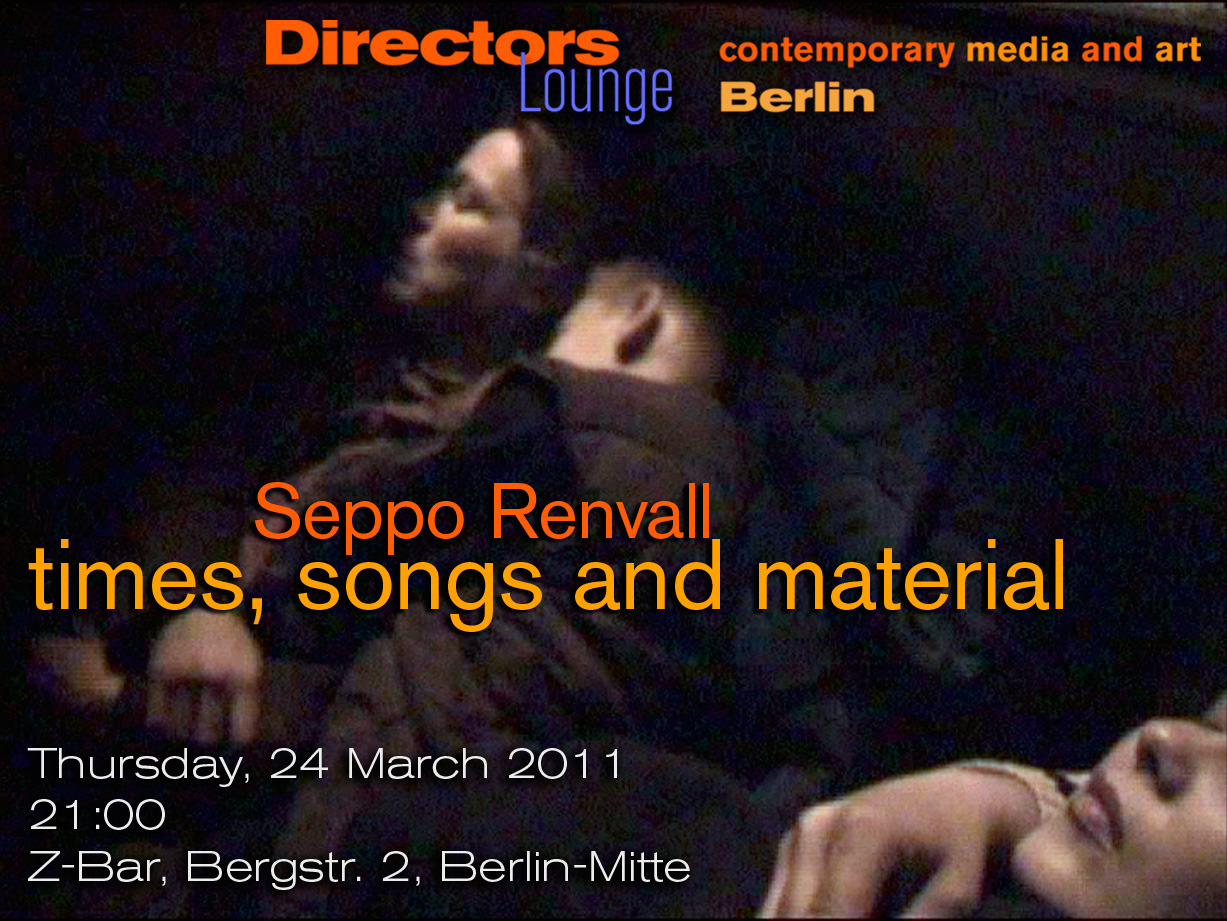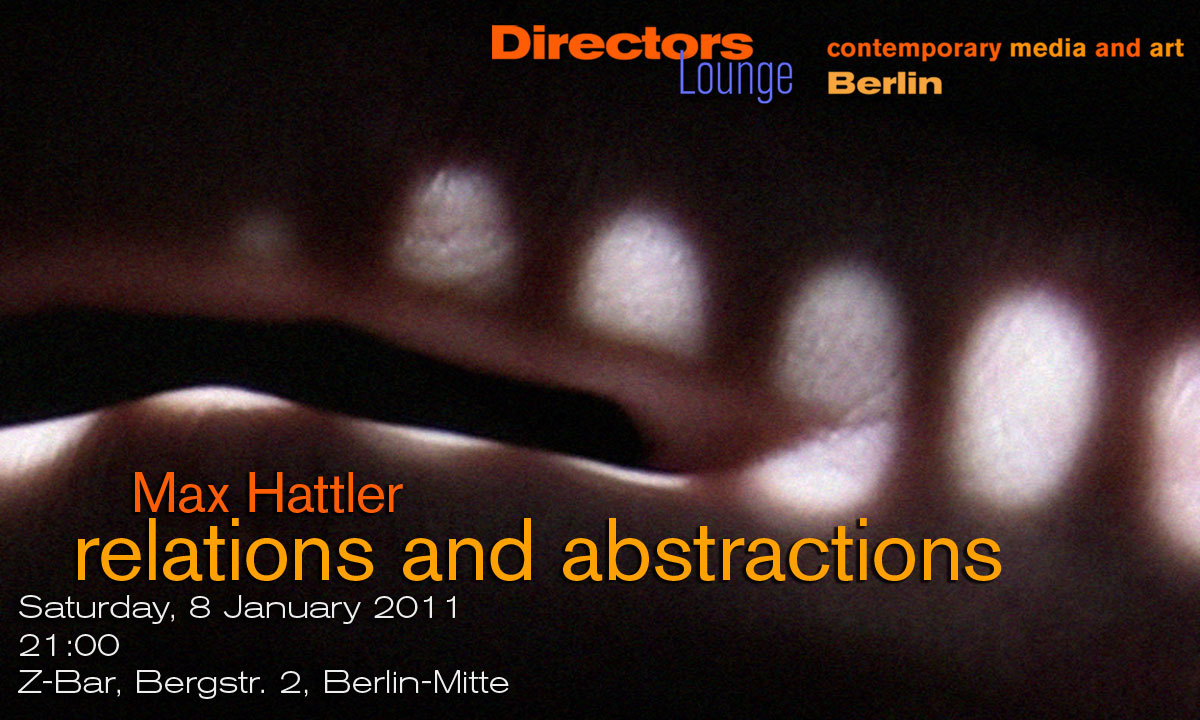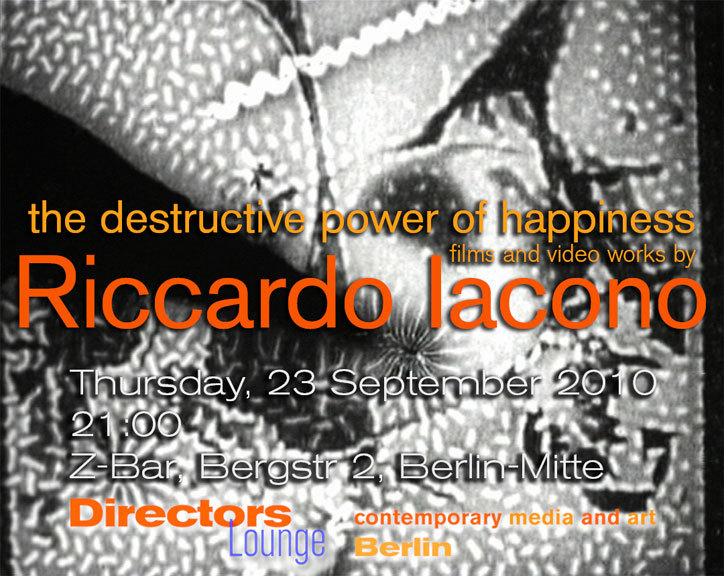Directors Lounge Screening at Z-Bar
Thursday, 24 March 2011
Seppo Renvall
Times, Songs and Material
16mm films and video
21:00
Z-Bar
Bergstraße 2
10115 Berlin-Mitte
“Never very good technical quality“, "no sharp image“, "no tripod“, "everything kind of shaky“, "mainly things that are not interesting“, "no story“, "no one idea“ – when reading these quotes from Seppo Renvall on his own films, one could think he is practising some kind of anti-aesthetic. However, Seppo Renvall does not want to cause offence or a scandal. Rather, his "negativity“ is set against the grand gestures that predominate media, and the superlatives "most“, "best“ and "highest“ required by the art scene. Theodor Adorno uses the term "negativity“ in conjunction with resistance and connected with a countenance that does not allow reconciliation with the power, or the "wrong“ social situation. Since then, times have changed and this society may not any more require a "life in alert“ (Walter Benjamin) but now urges a life in agitation. Seppo’s negativity seems to be more gentle, and seems to function more as a shield or as subversion against that constant state of arousal the media and the art world expect from the arts and the artists.
"If something interesting is happening, I possibly decide to shoot in the opposite direction“, and often he finds something more subtle, more telling than the spectacle ahead. His sympathy goes to the little things in life, or maybe I should say: empathy. His films thus carry his empathy to the small situations in daily life. As a consequence, part of his work is made of home movies showing scenes with friends, family life, children and travel, shot and shown on 16mm.
The themes of his other films are quite divers but still connected with daily life, even if they seem to embrace the spectacle, like "Nonstoppampam“. In this (in original) 3-channel work, an array of gunshots is fired in rapid succession. We possibly need to know the fact that these people shoot with a real gun for the first time in their life in order to see, what S. Renvall was mainly interested in: the awes, the hesitation, the threat and the surprise on the recoil forces reflected on their faces “Exotique” and “Yötähteni” talk about spaces of in-between, between light and shadow, night and day, unconscious and waking. Combined with the music of Aslak Christianson and others, many of these films, mostly edited on video, become songs, rhapsodies of life and a strong subversion of the mirror, which the TV screen seems to be for us.
Seppo Renvall will be present for Q&A.
Curated by Klaus W. Eisenlohr
With support from Suomesta Galerie, Berlin
More infos at:
http://www.richfilm.de/filmUpload/1-framesSeppo.html
http://www.z-bar.de/
http://open.fixc.fi/public.php?nid_send=271&uid_send=15
http://www.facebook.com/pages/Suomesta-galerie/117934471569793
Programme:
16mm
Home Movies 4 2:00
Home Movies 1-3 7:00
Private Area 3:49
Video
The Price Of Our Liberty 08:09
Warm Front 5:24
Iris And Nalle 2:53
Planet Earth Encyclopedia 6:13
Dancing Shortly 1:13
Exotique 09:57
Dancing Shortly II 2:45
Drum Zymphony 21:15
Nonstop PamPam 4:20
Yötähteni 2:30
